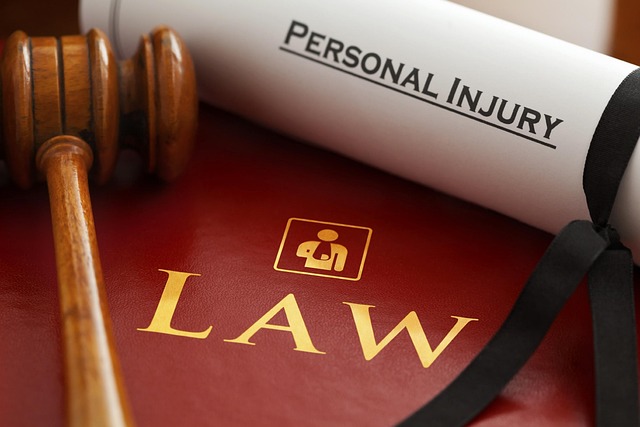Establishing negligence by a surgical error lawyer is key to building a medical malpractice case, focusing on deviation from industry standards during surgery. This involves reviewing records, consulting experts, and gathering evidence of errors like misidentification or improper use of instruments. Assessing damages includes economic and non-economic losses, with expert testimony crucial for compensation. A skilled surgical error lawyer navigates legal procedures, identifies violations, gathers evidence, ensures compliance with laws, and represents patients harmed by surgical errors, aiming for justice and comprehensive recovery.
Building a strong medical malpractice case requires meticulous attention to key elements. This article guides you through establishing negligence, particularly focusing on proving surgical errors—a crucial step in seeking justice. We explore damages assessment, emphasizing compensation for victims’ suffering and losses. Additionally, we delve into the legal procedure, offering insights into navigating complex medical malpractice lawsuits. For those seeking redress for surgical errors, this is an indispensable resource, with a focus on finding competent surgical error lawyers to advocate for your rights.
- Establishing Negligence: Proving Surgical Error
- Damages: Assessing Compensation for Victims
- Legal Procedure: Navigating the Medical Malpractice Lawsuit Process
Establishing Negligence: Proving Surgical Error

Establishing negligence is a critical step in building a medical malpractice case, especially when proving surgical errors. A surgical error lawyer will carefully review the patient’s medical records, consult with expert witnesses who can attest to industry standards, and gather evidence to demonstrate that a healthcare provider deviated from these accepted practices during surgery. This might include misidentifying body parts, incorrect use of medical instruments, or failure to recognize and address complications in a timely manner.
For instance, if a surgeon performs an operation on the wrong body part due to miscommunication or lack of proper verification, it constitutes a clear surgical error. Similarly, using outdated or defective equipment that leads to harm during surgery can also fall under product liability, further strengthening the case. Unlike property damage claims or elder law issues, medical malpractice cases focus on the direct impact of negligence on a patient’s health and well-being.
Damages: Assessing Compensation for Victims

When building a medical malpractice case, assessing damages is a crucial step to ensure victims receive appropriate compensation for their losses. Damages in medical malpractice cases often encompass both economic and non-economic factors, reflecting the harm suffered by the patient due to the surgical error or medical negligence. Economic damages can include hospital bills, medications, future medical care, and loss of wages, while non-economic damages cover pain and suffering, emotional distress, and loss of quality of life.
Determining compensation for these aspects requires meticulous documentation and expert testimony. Surgical error lawyers often work with medical experts to evaluate the severity of the mistake, its impact on the patient’s health, and the long-term consequences. This process is vital as it ensures that victims are not only financially secured but also receive support for their physical and emotional recovery, similar to how a truck accident attorney would advocate for comprehensive compensation in cases involving serious injuries or wrongful death claims.
Legal Procedure: Navigating the Medical Malpractice Lawsuit Process

Navigating the medical malpractice lawsuit process requires a deep understanding of complex legal procedures and regulations. The journey begins with identifying potential violations, such as surgical errors or misdiagnoses, that fall under established medical standards of care. A qualified surgical error lawyer plays a pivotal role in this process by thoroughly reviewing medical records, consulting with experts, and gathering compelling evidence to support the claim. They ensure every step adheres to applicable laws and regulations, which can vary significantly from state to state.
The legal representation guides clients through critical stages, including filing a complaint, serving notices, and negotiating settlements or preparing for trial. Each phase demands meticulous attention to detail and strategic planning. Proper documentation, timely filings, and adherence to procedural rules are essential to build a strong case. The goal is to hold negligent healthcare providers accountable while seeking fair compensation for the harmed patient, ensuring justice is served in medical malpractice cases.
Building a robust medical malpractice case requires a meticulous approach, from establishing negligence through proven surgical errors to assessing fair compensation for victims. Understanding the legal procedure and navigating the complexities of medical malpractice lawsuits is crucial with the help of an experienced surgical error lawyer. By following these key elements, individuals who have suffered due to medical misconduct can seek justice and ensure their rights are protected.






